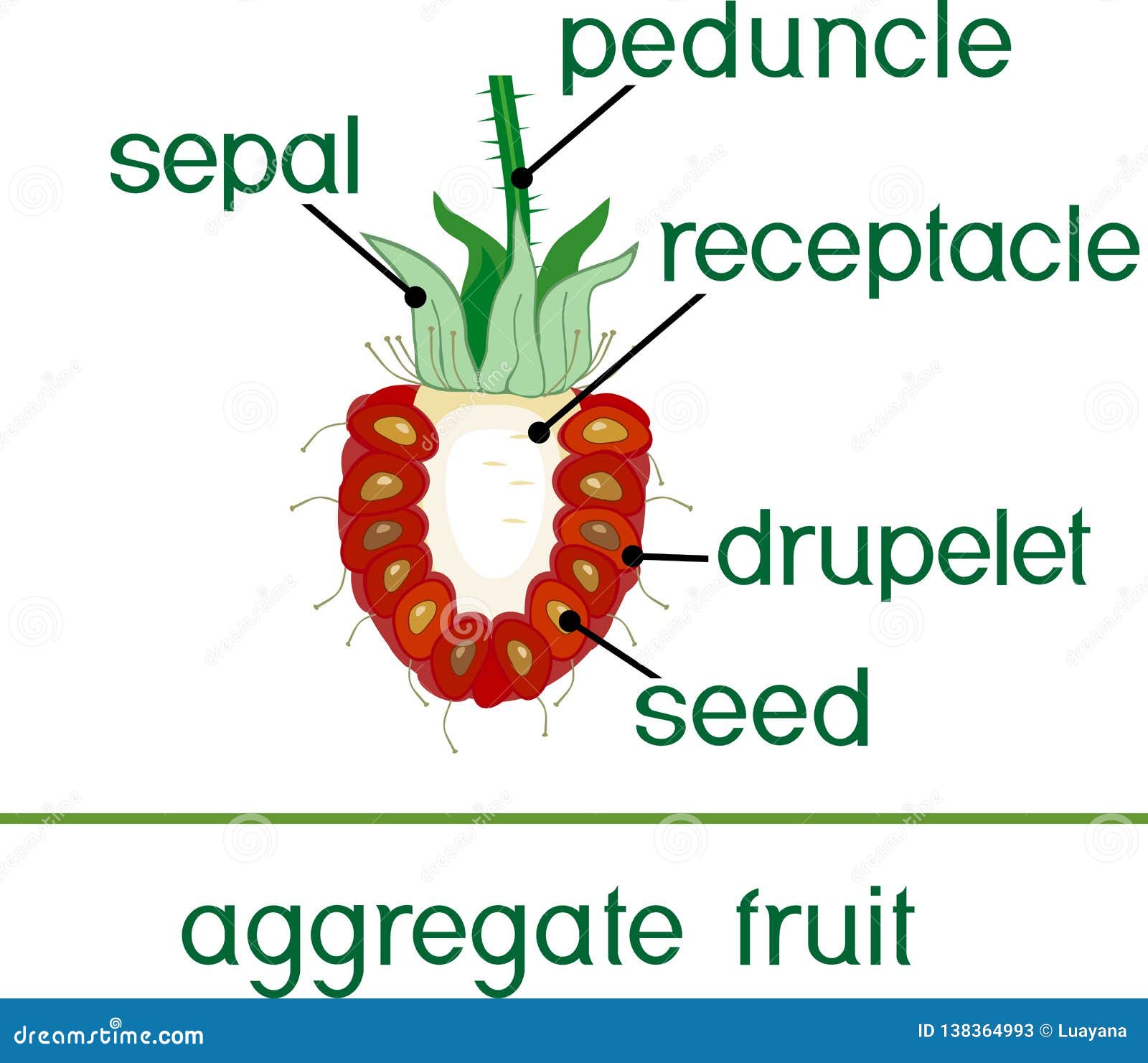


Some cultivars will produce flowers and fruit on the upper portion of the primocanes (first year canes) in the fall. In this way, the planting may produce fruit every year.

While the floricanes are producing fruit, primocanes are developing and will become the next year’s fruiting floricanes. A first-year cane is called a primocane, and the second-year cane is called a floricane. After producing fruit, the second-year canes die. Second-year canes do not grow taller, but grow short lateral branches containing several leaves and a terminal flower cluster that leads to fruit formation. New canes emerge from the roots in the early spring and continue growth throughout the summer. This means that an individual cane typically lives only 2 years and then dies. Raspberry plants have a perennial root system. This fact sheet will provide a general guide to raspberry production that can be adapted for both home use and for small-scale commercial production. With proper planning, management and care, a raspberry planting can provide fresh fruit for many years. The plants can be grown across much of Utah, but require special care in some areas. Raspberries are a favorite fruit for many Utahns.


 0 kommentar(er)
0 kommentar(er)
